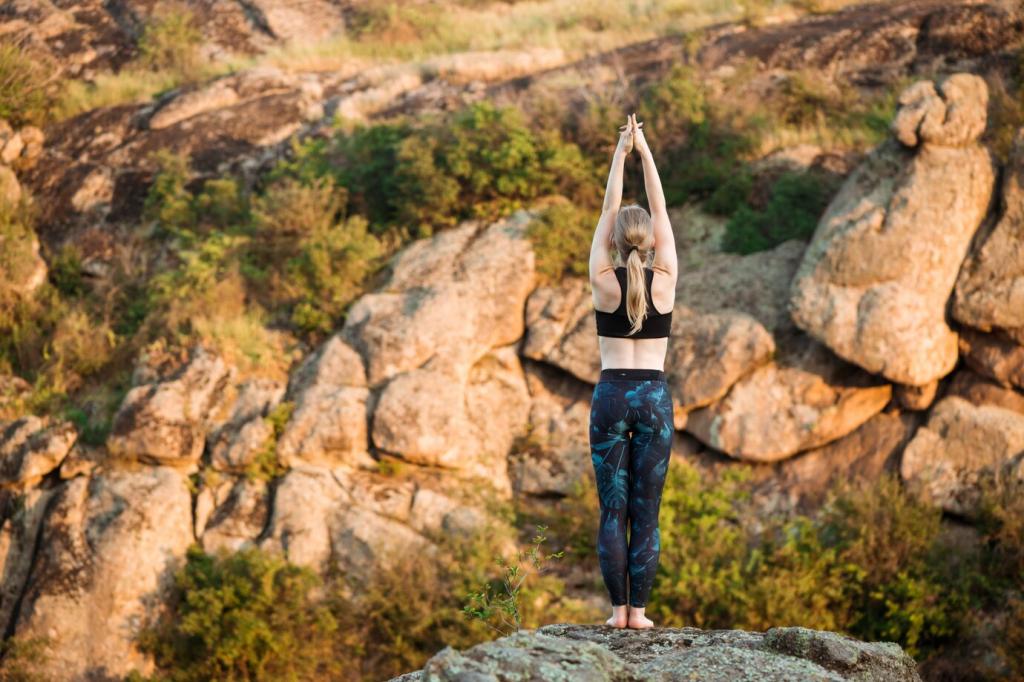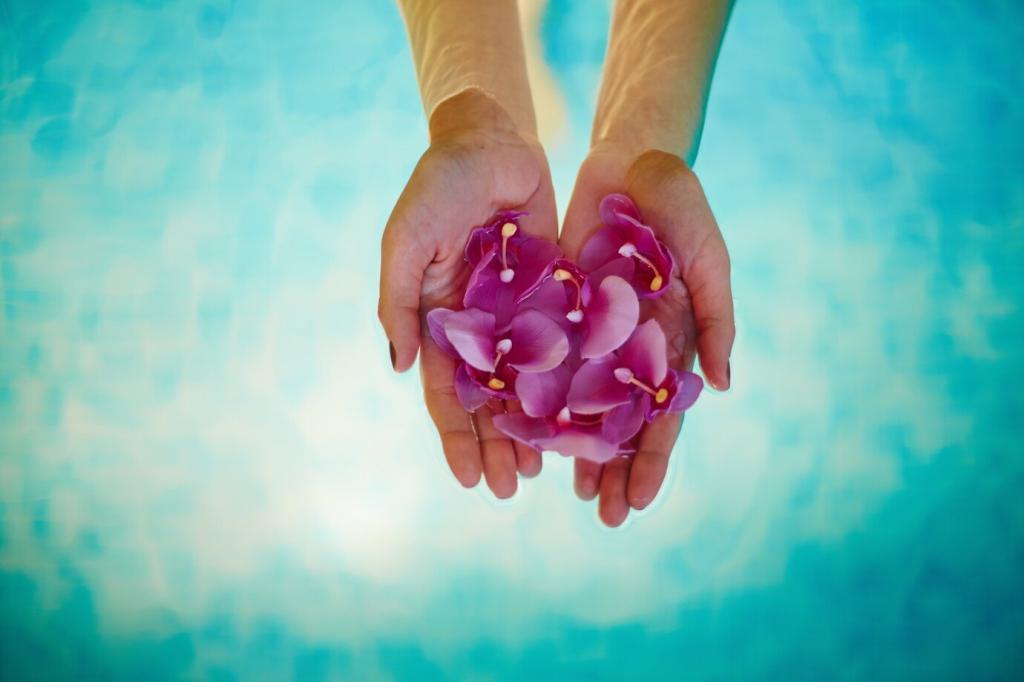The Science of Calm in Watercolor Landscapes
Cool hues often evoke tranquility because they echo sky and water, environments the brain reads as safe. In watercolor landscapes, transparent layers of blue and green soften visual noise, quiet the gaze, and invite slower eye movements. Tell us which pigments calm you most, and why their mood suits your day.
The Science of Calm in Watercolor Landscapes
Even washes and repeating brush motions can mirror deliberate breathing, nudging the body toward a restful state. When you glide pigment across wet paper, your attention narrows and steadies. Try timing strokes to your breath for three minutes, then comment with what shifted in your mood or focus.



